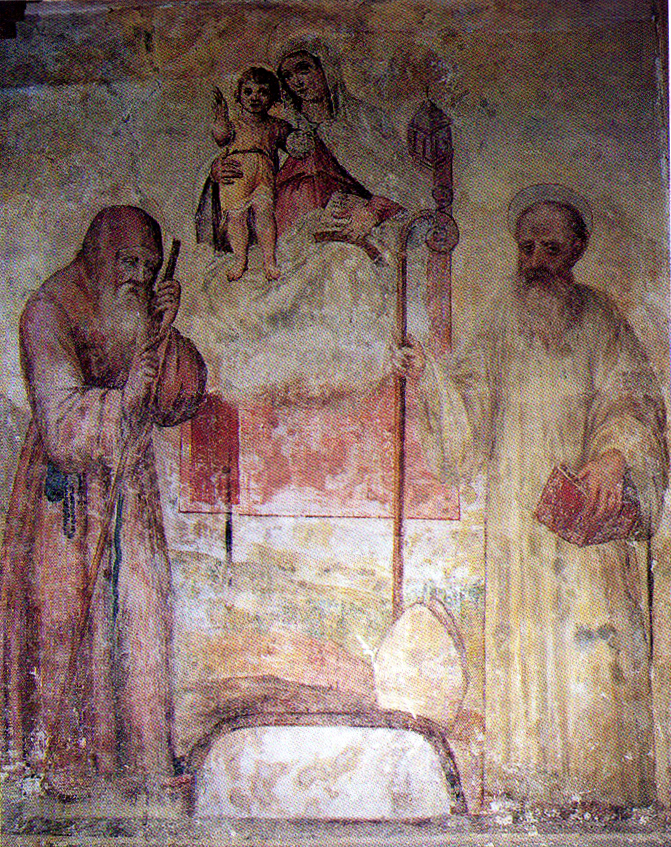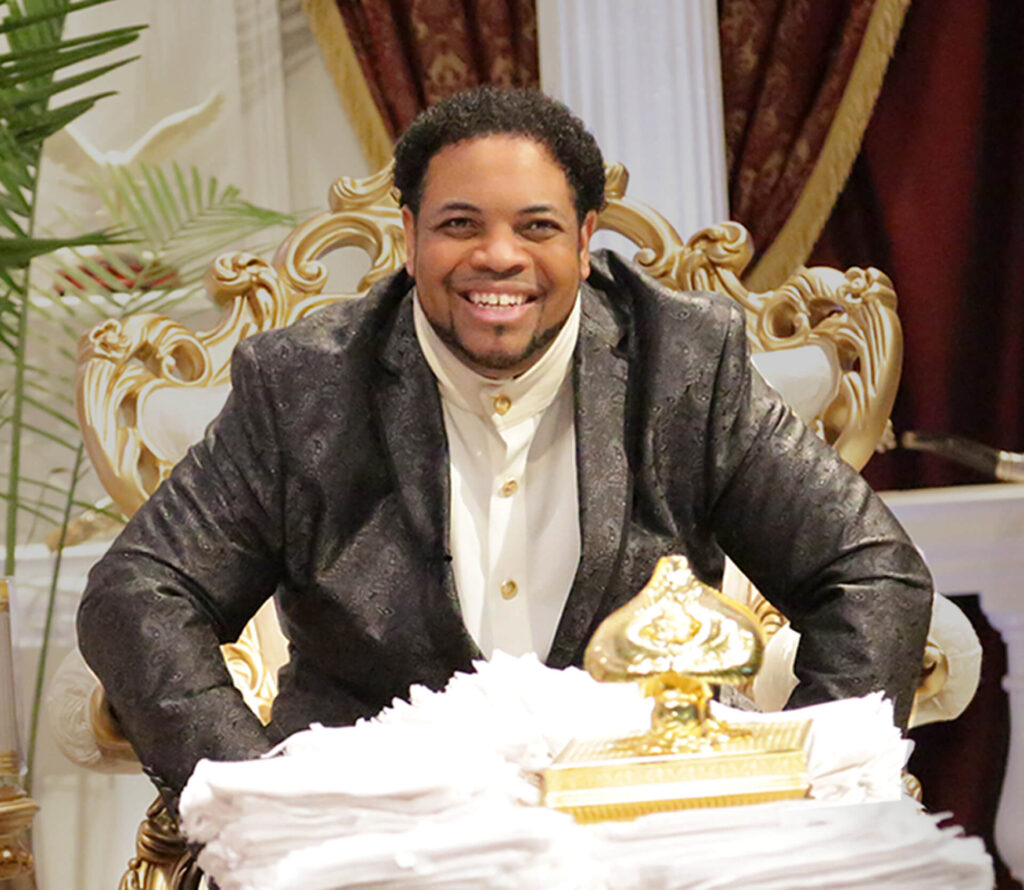A medieval millenarian movement predicting a new age of the Holy Spirit
Religion: Christianity
Denomination: Catholicism
Founder: based around the teachings of Joachim of Fiore
Founded: 13th Century
Location: Italy
Offshoots: Franciscan Spirituals, Amalricians
Other Names: Joachites, Joachimists
The Joachimites were a religious movement that emerged in the 13th century, inspired by the teachings of Joachim of Fiore, an Italian theologian renowned for his apocalyptic prophecies. This movement held the belief in a forthcoming Age of the Holy Spirit, a period characterized by peace, spiritual enlightenment, and the dismantling of the hierarchical Church in favor of a community of equals. Central to Joachim’s doctrine was the division of history into three distinct ages: the Age of the Father, corresponding to the Old Testament; the Age of the Son, represented by the New Testament and the era of the Church; and the anticipated Age of the Holy Spirit, which was expected to usher in a new era of universal harmony and enlightenment.
Joachim of Fiore posited that history should mirror the Holy Trinity, comprising three epochs reflecting the Father, the Son, and the Holy Spirit. He interpreted the Old Testament as the Age of the Father, marked by the Jewish people’s struggles and triumphs. The New Testament initiated the Age of the Son, during which Christianity supplanted Judaism as God’s chosen faith. Joachim anticipated the Age of the Holy Spirit, a future millennial kingdom where spiritual and communal egalitarianism would prevail, diverging from the more present-focused interpretations of Augustine.
Initially, the Joachimites didn’t face outright condemnation; some even considered canonizing Joachim, even as the precise nature of the utopian age he prophesied was debated. It was believed this age could represent heaven post-Second Coming, where the Church’s absence would be acceptable since the Anti-Christ and tribulations had passed.
However, the Fourth Council of the Lateran in 1215 condemned certain Joachimite beliefs, marking a turning point. The movement’s anticipation of a virtuous Pope from the Franciscan order to herald this New Age ended in disillusionment when Pope Celestine V’s resignation and subsequent death in 1296 were seen as precursors to the rise of the Anti-Christ. This period also saw the movement pivot towards a more practical, future-oriented approach aiming for societal perfection through human action, a stance that faced opposition from the Church as potentially heretical.
The Joachimites found their most fervent followers among various social strata in Southern Italy and parts of France, appealing to those disillusioned with the Church’s corruption and materialism. Despite initial interest from some church figures, the movement’s radical challenge to ecclesiastical authority led to its persecution and decline. The failure of Joachim’s specific prophecies to materialize eroded the movement’s credibility, leading to its dissolution by the 14th century.
Nonetheless, the Joachimites left a lasting imprint on Christian thought, influencing later millenarian and spiritual movements. Their envisioned Age of the Holy Spirit found echoes in various subsequent religious movements, from the Spiritual Franciscans to certain Protestant sects, demonstrating the enduring fascination with and hope for a future of divine peace and equality.
image via Wikipedia




